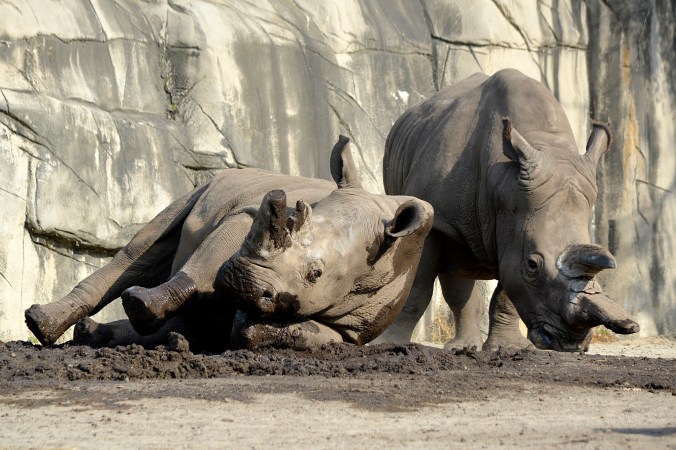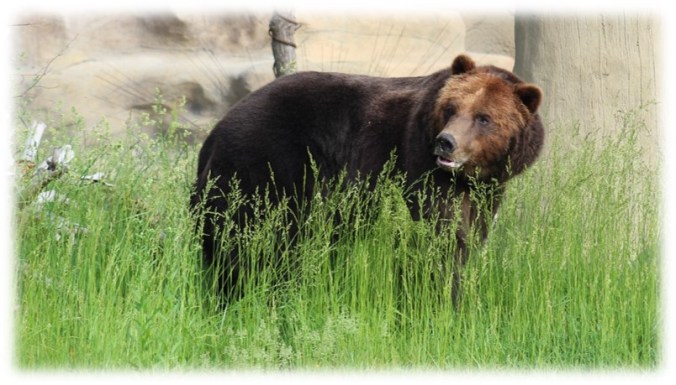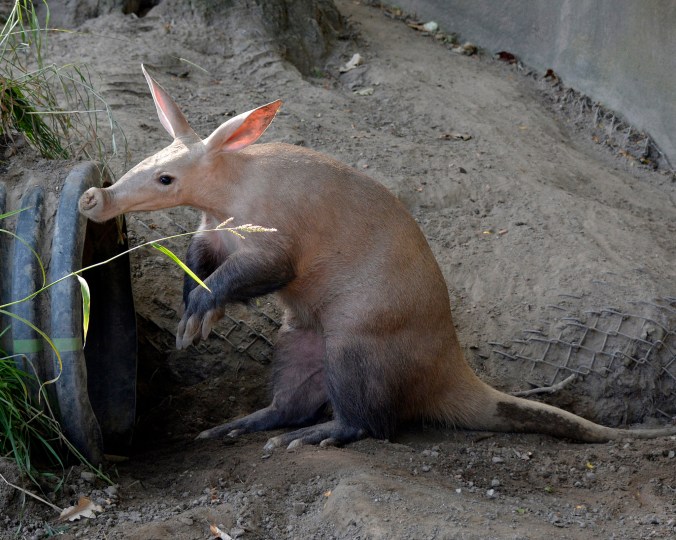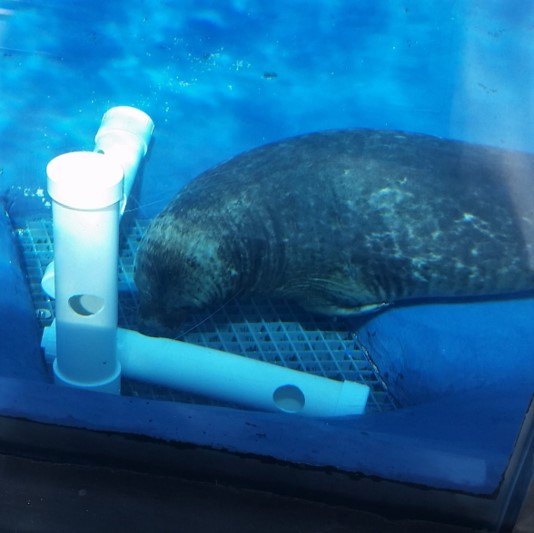One of the goals of the Center for Zoo and Aquarium Animal Welfare and Ethics is to conduct and facilitate animal welfare assessments. In some cases, this entails conducting scientific research aimed at answering questions such as how animals respond to changes in their habitats or modifications to the ways in which we care for them. For example, and as you may have read about in previous blog entries, we assessed the impact of new or expanded habitats on the welfare of Madagascar giant hog-nosed snakes, penguins and grizzly bears at the Detroit Zoo, just to name a few. We also pose questions related to providing animals with stimulating experiences that allow them to engage in species-appropriate behaviors, such as increasing exploration in aardvarks and enhancing natural feeding opportunities for species like seals and gorillas. The more we can learn about how our animal care and management practices influence the welfare of animals, the more we can do to ensure they are thriving.

Although multi-faceted studies like the ones mentioned above are an important part of this endeavor, developing means to more rapidly evaluate the welfare status of individual animals is also a critical goal. Welfare assessments therefore also take the form of proactive and ongoing monitoring that provides an overview of the current welfare state of individual animals. To that end, the Detroit Zoological Society developed a welfare assessment tool in 2014 which was made freely available in a peer-reviewed publication in the Journal of Applied Animal Welfare Sciencein 2015. If you would like to read the full article, please visit our resource center on the CZAAWE website at czaw.org/resources and click on the link for A Universal Animal Welfare Framework for Zoos.

Since that time, we have continued to refine the animal welfare assessment tool to evaluate how the animals living at the Detroit Zoo and Belle Isle Nature Center are faring, as well as train other accredited organizations in the use of the tool. In its present form, the assessment tool includes measures of inputs, which focus on what is provided to animals, such as amount and complexity of their space, the social opportunities they have and their dietary considerations. The tool also incorporates measures of outputs, which are how the animals respond to what is provided to them. We try to make sure that we have output measures that match up with the questions about the inputs. For example, the outputs we would use to correspond to the inputs I listed as examples would include questions about how the animals use their habitat, if they interact with other animals that share their space in the manner we would expect and if they are in good body condition. The questions in the animal welfare assessment tool line up with the Five Domains model of welfare, which delineates how nutrition, physical health, behavior and the environment (both physical and social) feed into an animal’s emotional state.

Organizations accredited by the Association of Zoos and Aquariums (AZA), which we have been a member of since 1985, continue to place increasing importance on ensuring animals in their care are experiencing positive welfare, and this responsibility is reflected in the very standards by which member organizations must abide to be accredited. One of the newer standards requires AZA members to have a welfare assessment process like the one the Detroit Zoological Society has in place. It is great to see that our professional community is committed to not only provide good care for animals, but to provide them with great welfare.

– Dr. Stephanie Allard is the director of animal welfare for the Detroit Zoological Society and oversees the Center for Zoo and Aquarium Animal Welfare and Ethics.

























